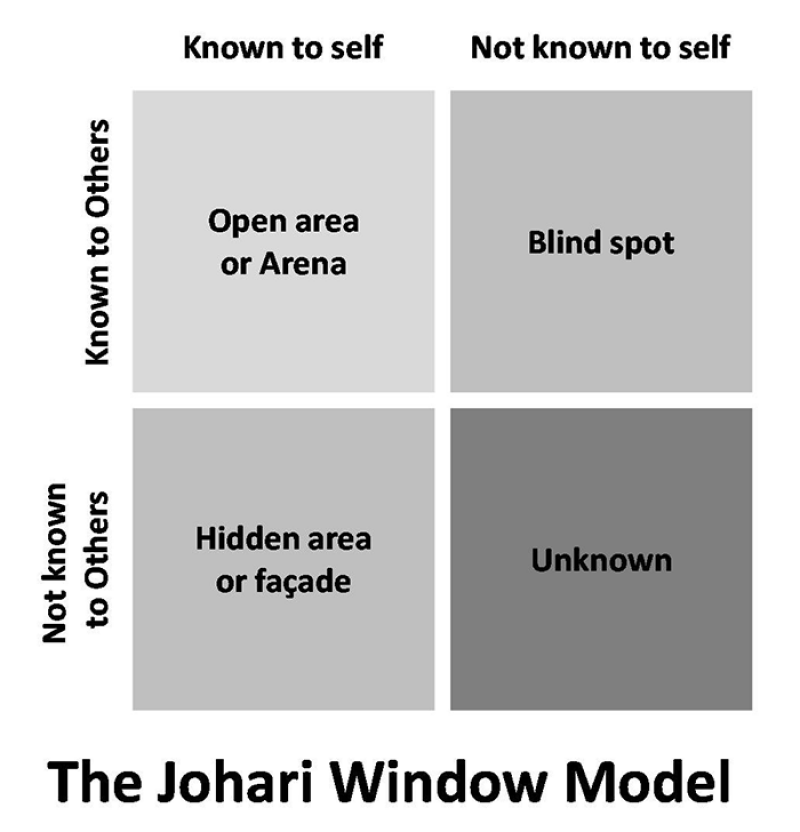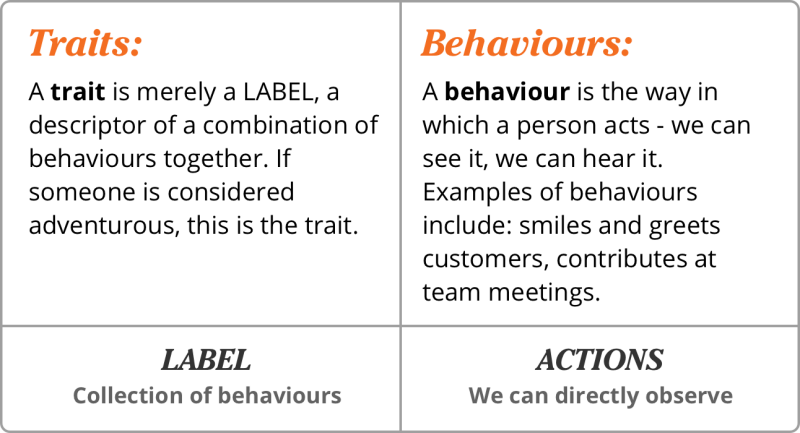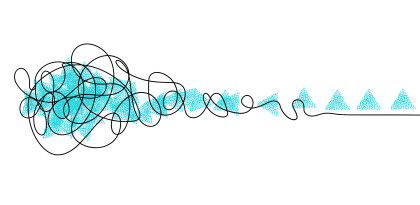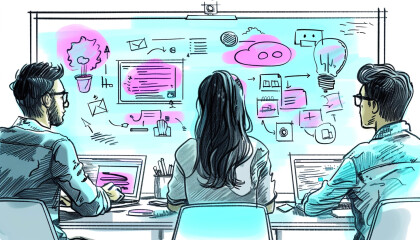
I’ve been with Media Suite for eight months now. Aside from the fact that I’ve started working in a new and unfamiliar domain (web development is confusing ya’ll!), my role has become quite diverse in the past few months. Our studio ‘A-Team’, Abi and Abbie, have both gone on maternity leave (emphasis on BOTH if you didn’t catch that) which has left me with much to do. The two of them contribute a heck of a lot to keeping this well oiled machine (that is Media Suite) running smoothly. In other words, big shoes to fill!

Please don't mess this up...
I am the wearer of many hats, which has me covering a range of responsibilities including (but not limited to): bookkeeping, reporting, payroll, budgets, recruitment, client support and time management of the Design and UX Team. There are also ad hoc tasks such as: reminding Julia every week that ‘Friday drinks’ starts at 4pm (and definitely not any earlier), training the couriers to ring the reception bell instead of waltzing into the office like they own the place, and of course serve as general ‘getter of things done’.
After a handful of years working in office management I can acknowledge that organisation is my key strength. On the other hand, I can also identify where I struggle most. For me, the ongoing challenge has been communication… like, with human people. Public speaking, networking and liaising with people does not come naturally to me. I get it done, but lack confidence. As an introvert, this is an area I am always trying to improve upon so I thought signing up to the Executive Assistant Masterclass would be helpful.
The workshop is broken down into some great tools and strategies to help with leadership and delegation, assertive communication, influencing strategies and setting up for personal success. It ticked all the boxes and seemed like a great way to contribute to my professional development.

Me public speaking...
The speaker, Blythe Rowe, has over 13 years of experience in global corporations where she held senior HR and Organisational Development roles. She now runs her own people and culture business Human Incite and travels internationally as a keynote speaker for business conferences, summits, and workshops. Oh, and she’s a mum of two. I’m not going to lie – I definitely fangirled as she listed off her accomplishments. It’s fair to say she had me feeling inspired.

I’ve decided I’m going to focus on a few key points from her workshop that I found were most valuable to me. There was plenty more content, but unfortunately, I’ll exceed my word count limit for this blog if I touch on all of them!
Leadership and Delegation
Self assessment was a recurring theme throughout the talk and Blythe stressed how important it is to realise our strengths and identify our weaknesses. As a result, we can better ourselves and improve how we interact with others, as well as refine our leadership and delegation skills.
The Johari Window (developed by psychologists Joseph Luft and Harry Ingham in the 1950’s) is a useful model for describing the process of human interaction and understanding self-awareness. This is a great tool for personal development and can help improve communication with others, relationships and also team dynamics. The Johari Window divides self awareness into four quadrants:
The Johari Window

Open Quadrant
The open quadrant represents things that we know about ourselves and that are known to others. This may include, factual info, feelings, attitudes, wants, needs, interests etc. We are open books and share freely.
Blind Quadrant
The blind quadrant represent things that others know about us, but we are unaware of. This includes things we may be ignorant about, or things that others are deliberating withholding from us. This is not a productive place to work.
Hidden Quadrant
The hidden quadrant represents things that we know about ourselves, that others do not know unless we disclose it. These things might include your life story, intimate details about ourselves, fears, secrets etc.
Unknown Quadrant
The unknown quadrant represents things that neither you nor others know about ourselves. We are richer and more complex than we know. This space is filled with things like feelings, attitudes, abilities.
The challenge is to increase your open quadrant, reduce your blind and hidden quadrants and to explore and discover your unknown space.
Understand you first, before seeking to understand others.
Assertive Communication
Behaviour-based language is a critical component of communicating effectively. Having a real professional conversation is the ability to determine the difference between a trait and a behaviour. Behaviour-based language is describing specific behaviours as opposed to using language that makes generalisations (E.g. “You arrived late three times this week…” leads to the evaluation and corrective action “Being late makes you a less effective employee, hurts the team, and you need to come in on time.”)

Why is it important to identify the behaviours rather than the traits? Studies have shown traits are hard to change in comparison to behaviours. As traits are collections of behaviours, we need to change specific behaviours in order to change a trait.
Blythe mentioned that you can only know yourself for certain and not others – meaning It can be difficult and even unlikely to change another person’s behaviours, but you can always look to improve and be accountable for your own.
Assert Your Stuff
A formula to ‘assert your stuff’: empathy + presenting own needs = assertiveness
Empathy is putting yourself ‘in their shoes’ and being able to emotionally read other people. Seek to understand – validate emotions, not action. Being assertive is not about being nice or nasty, it is about being effective to achieve a winning outcome.
A Guide for Assertive Communication: The 5 E’s
- Emotions – Get your emotions in check and breathe
- Empathy – Dial up your level of empathy
- Example – Describe the problem behaviour (don’t attack the person)
- Effect – Use the word “I” more, try having “you-less” statements (e.g. When I am not asked about how my project is, I shut down)
- Expectation – Make a clear request for resolution (not a demand)
Assessment Frame: Tips for Empathy and Defusing Conflict
To take the sting out of a tricky conversation, try adding the Agreement Frame between the example and effect. This is an alternative to using a passive-aggressive (aka pass-ag) approach, which tends to be indirect and an avoidance of confrontation.
- I agree… (e.g. that we need to deliver on this project) and … (e.g. am concerned by your lack of communication with me that you are not 100% committed to the outcome)
- I appreciate… + and…
- I respect… + and…
Avoid the grey – misunderstanding is the fast road to pain
Your Influencing Strategy
“The key to successful leadership today is influence, not authority” – Ken Blanchard
Push and Pull Strategies
Understanding your preferred influence style:
Push: is about forcing someone to get on board. It is about asserting your authority or opinion. The style is a more logical, directive approach or can involve threatening punishment or offering reward (carrot vs. stick). Push styles can be effective in ensuring compliance and quick results but may not achieve long term commitment.
Pull: is about motivating or encouraging someone to get on board. It is about appealing to the other person and demonstrating possibilities (what’s in it for them). Pull styles are often collaborative and visionary in approach and can be effective in gaining long-term commitment but may be slower in achieving results.
A Game Plan For Influencing Strategy
- Who: Identify who is involved and plot where they fall on your Influence and Interest radar, noting what their interest and needs are in terms of your initiative.
- What: Brainstorm what strategies you could use.
- How: What’s your influencing and communication plan in order of events.
- Do it: Take action, monitor progress and be flexible in your approach.
So, How’d It Go?
It was a great day! I found several of her strategies and tools very useful and I have since made an effort to apply these tactics to my personal and professional life whenever possible. Blythe is a great speaker, who keeps it real, and knows how to engage with her audience. In my opinion, her workshop would be beneficial to anyone at any stage of their career and across all kinds of industries.
The big question is, did this workshop have enough impact to help me with communication? I will say yes, but of course, this is still a work in progress. Attending the workshop came at an appropriate time in my career where I would need to step up and “Assert my stuff”. In that regard, the Executive Assistant Toolkit was both relevant and helpful when transitioning into a new and evolving role. Stepping out of my comfort zone is difficult, but I think completely necessary to grow and to continue learning.














